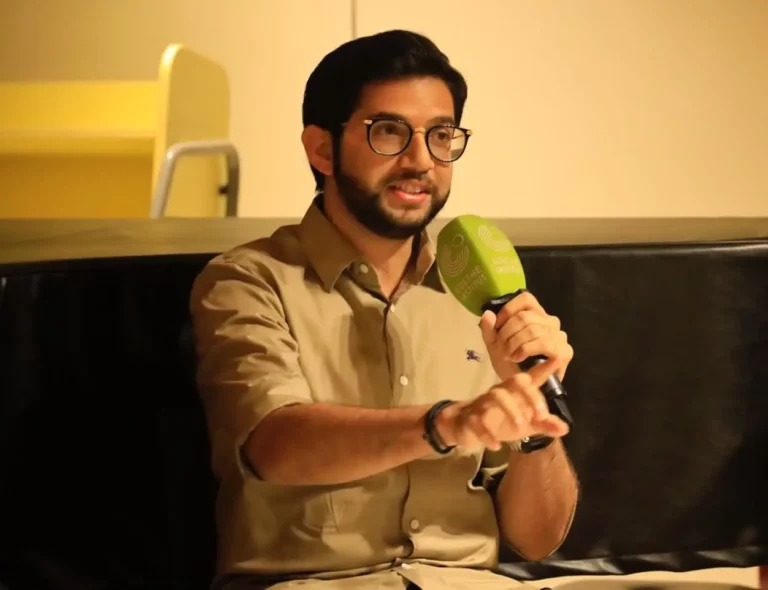If you want to become an Operator in Valorant, there are some things you should know. Matthew “Wardell” Yu, a popular Twitch streamer and one of the best Operators in the game, has put together a guide to help you get started.
Ops are a type of kernel. The interface (specification) you register is the base definition of your op. It defines the op’s name, inputs and outputs, and shape function.
Defining an Op
Ops are an integral part of Tensor Flow and can be used to implement a wide variety of machine learning algorithms. For this reason, it is important to understand how they work and how to create them efficiently.
One of the most common ops is the gradient, which returns a value that represents the Jacobian-vector product of an op’s inputs. Gradients can be represented as a list of scalars or as a sequence of floats and doubles read more 오피가이드
The shape of the tensors that form an op’s output and input can vary dynamically, and therefore shape functions need to be able to detect this. In particular, they must be able to assert that two shapes are the same, even if they do not have complete information on how the tensors have been arranged.
Creating a Scene Graph
A scene graph is a tree-like data structure that groups together nodes that represent different geometries in the scene. It is a bit more complex than a tree in that its children can be affected by transformations applied to the parents, and it has a hierarchy of nodes.
In addition to a group node, a scene graph also has leaf nodes. Each leaf node represents a particular atomic unit of the scene graph.
For example, each leaf node may contain information about shapes (geometry), lights, fog, and sounds. It can even contain spatial partitioning information, which is useful for increasing the performance of render operations.
In general, scene graph nodes are accessed and manipulated by setting and getting their set and get methods. This allows the scene graph compiler to optimize the compilation or rendering of a scene graph.
Reading Scene Graph Inputs
A good scene graph will employ state sorting and culling operations to optimize the way it renders graphics. These operations will enable a scene graph to dynamically manage the complexity of its graphics, making it easier to use on machines with different hardware configurations.
In addition, a well-designed scene graph will also encapsulate a lot of lower level tasks that a developer would otherwise need to code into their own applications. This reduces the amount of platform specific coding that a developer has to write and means that a scene graph can be ported from machine to machine with ease.
This functionality can be handled by Operators (Ops). Ops are the core processing unit of Geolib3 called upon to compute both new scene graph locations – the equivalent of Scene Graph Generators and incoming attributes, as well as changing the scene graph topology at a given location.
Interrogating Attributes
One of the most useful things an Op can do is interrogate its enemies. This is especially important early in a story mission and can help you locate key objectives or even reveal the whereabouts of your foes friends.
A key part of this process is the ability to query the incoming scene graph for attributes. This is done using getAttr().
The function accepts a name and a scene graph location path (either absolute or relative) that is relevant to the attribute being sought. It will return a String Attribute containing the names of potential children at the input location.
This function also contains a list of the most relevant properties and behaviors. For instance, the list includes the input name identifier, the input index, and the most appropriate branch for the given input. You may want to consider using this function in conjunction with getNumInputs() to determine how many input branches your Op has. It can also be used to calculate the number of occurrences of any one particular behavior or property.
Subscribe this Channel: YouTube.com/Waqas Mushtaq
Disclaimer: All Images that are Used in this post from Instagram & Google Image and Credit Goes to their Respective Onwer. The above details are sourced from various Online reports. The website does not guarantee 100% accuracy of the figures.Contact Us on this Email info@bioofy.com for Credit or Remove these Images.
Note: Bioofy.com does not aim to promote or condone piracy in any way. Piracy is an act of crime and is considered a serious offense under the Copyright Act of 1957. According to the Indian copyright act, an attempt to commit, aid, support, or counsel an act of piracy will be punishable with up to 3 years of imprisonment, and up to a ₹2,00,000 fine.

